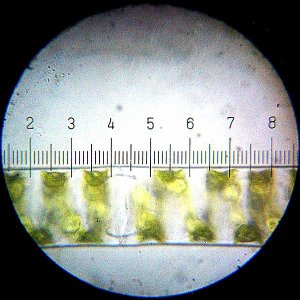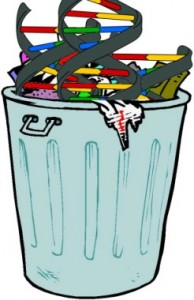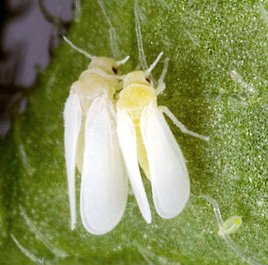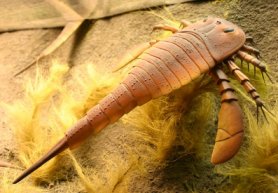
To make matters worse, evolutionary relationships based on genetics are confusing as well. For example, while most of an organism’s DNA is in its cells’ “control center” (the nucleus), some of an organism’s DNA resides in its cells’ powerhouses (the mitochondria). In most muticellular organisms, this DNA (not surprisingly called “mitochondrial DNA”) is thought to be inherited only from the mother. Well, when evolutionary relationships are inferred from mitochondrial DNA, they disagree with evolutionary relationships inferred from nuclear DNA.2 Even when you concentrate on nuclear DNA, the evolutionary relationships inferred from one set of genes disagree with those inferred from a different set of genes.3
These problems came to mind recently as I read a study on the supposed evolution of land plants. Evolutionists have long thought that the the Charales, a biological order of pondweeds, are the closest living relatives to the ancestors of land plants. This is because the Charales are algae, but they are thought to be the most complex form of algae. In addition, they sexually reproduce by making freely-moving sperm cells and much larger, stationary egg cells. This is also the way modern land plants reproduce.
It only makes sense, then, that the most complex algae with the same basic reproductive mode as land plants must be closely related to land plants, right? Wrong…at least according to the genetic data.
Continue reading “Land Plant Evolution – Another Example of Mental Gymnastics”





